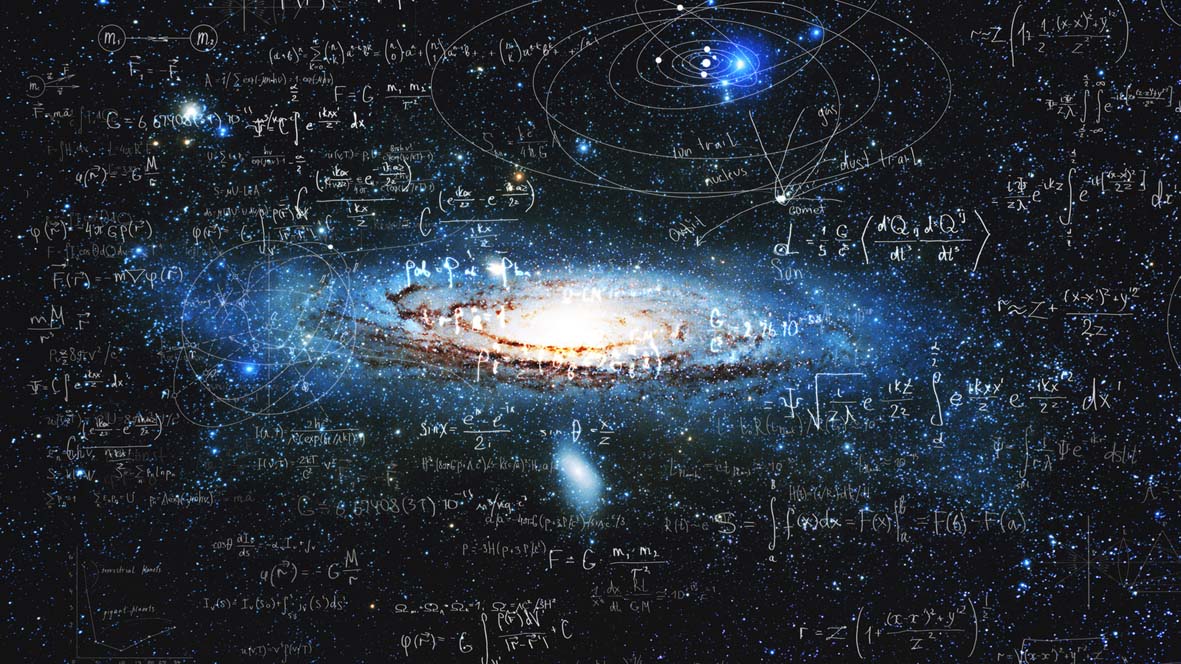Dr. Rakesh K. Pandit
With the advent of Quantum Mechanics in the beginning of the 20th century, Physics broke its complacent dreaming of “Mechanomorphic Universe” a universe moving unfailingly like a machine in perfect order. Quantum Mechanics is viewed as most puzzling part of Physics. The systems at quantum level do not follow the rules that we are used to or we observe in our day to day life. They have intriguing features in the sense that a system can exist in several different states at the same time and even change depending upon whether they are being observed or not.
Entanglement is one of the most fascinating predictions of Quantum Physics. This phenomenon reveals itself at very microscopic level (subatomic). When scientists including Albert Einstein and Erwin Schrodinger first discovered the phenomenon of entanglement in 1930’s, they were disturbed and puzzled because entanglement required two separated particles to remain connected without being in direct contact. Einstein famously called it ‘spooky action at a distance. Einstein looks up to quantum mechanics as a means to describe nature on an atomic level, but he doubted about its useful basis for the whole of physics. He famously rejected quantum mechanics, pointing out that God does not play dice. He thought that describing reality required firm predictions followed by direct observations.
On October 4, 2022 Royal Swedish Academy of Sciences announced the Nobel Prize for Physics 2022 to three Physicists namely Alain Aspect, John F. Clauser and Anton Zeilinger for their experiments with ‘entangled photons’. The Royal academy announced this prize with a statement that ‘these experiments have established the violation of Bell inequalities and pioneering quantum information science.”
(Quantum Entanglement is Real)
In 1960 John Bell developed the mathematical inequality that is named after him. The inequality states that if there are hidden variables, the correlation between the results of a large number of measurements will never exceed a certain value. However quantum mechanics predicts that a certain type of experiment will violate Bell’s inequality. The scientists who were not so optimistic about efficacy of quantum mechanics were of the opinion that correlation between entangled particles is because of some local hidden variables which instruct them what result they should give in an experiment.
To explain the bizarre implications of entanglement, Einstein along with Podolsky and Rosen published a paper called EPR paradox. They proposed that ‘hidden variable’ concepts should be added to Quantum Mechanics.
Neils Bohr disputed EPR theory while as Schrodinger hypothesized that entanglement vanishes with large particle separation.
To develop the experiments to test Quantum Mechanics and its predictions was unpopular and thought to be risky and wastage of time among the physicists. No physicist was willing to pursue this line except a young Physicist John Clauser. In 1969 John Clauser was the first to demonstrate experimentally that two widely separated particles (about 10 feet apart) can be entangled. Later Alain Aspect in 1981 and Anton Zeilinger in 1997 conducted ground breaking experiments using entangled light particles (photons) at a distance of 40 feet. These experiments proved that the quantum entanglement is a real principle and passes test after test. Hence Quantum Mechanics is correct and today’s quantum physicists say there is nothing ‘spooky’ about it as described by Einstein. These path breaking experiments paved the way for quantum computers, quantum networks and quantum encrypted communications and will usher in the fourth industrial revolution.
(The author teaches Physics at GCW Parade Ground Jammu)
Trending Now
E-Paper


